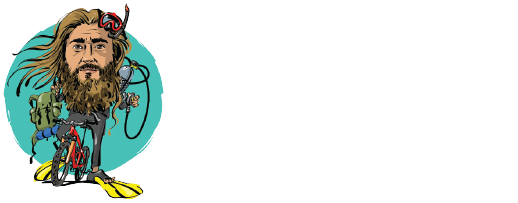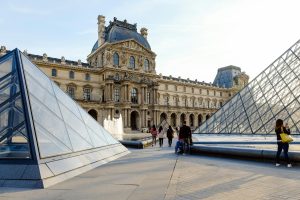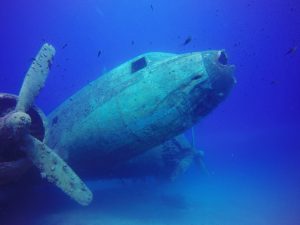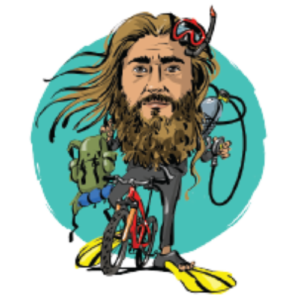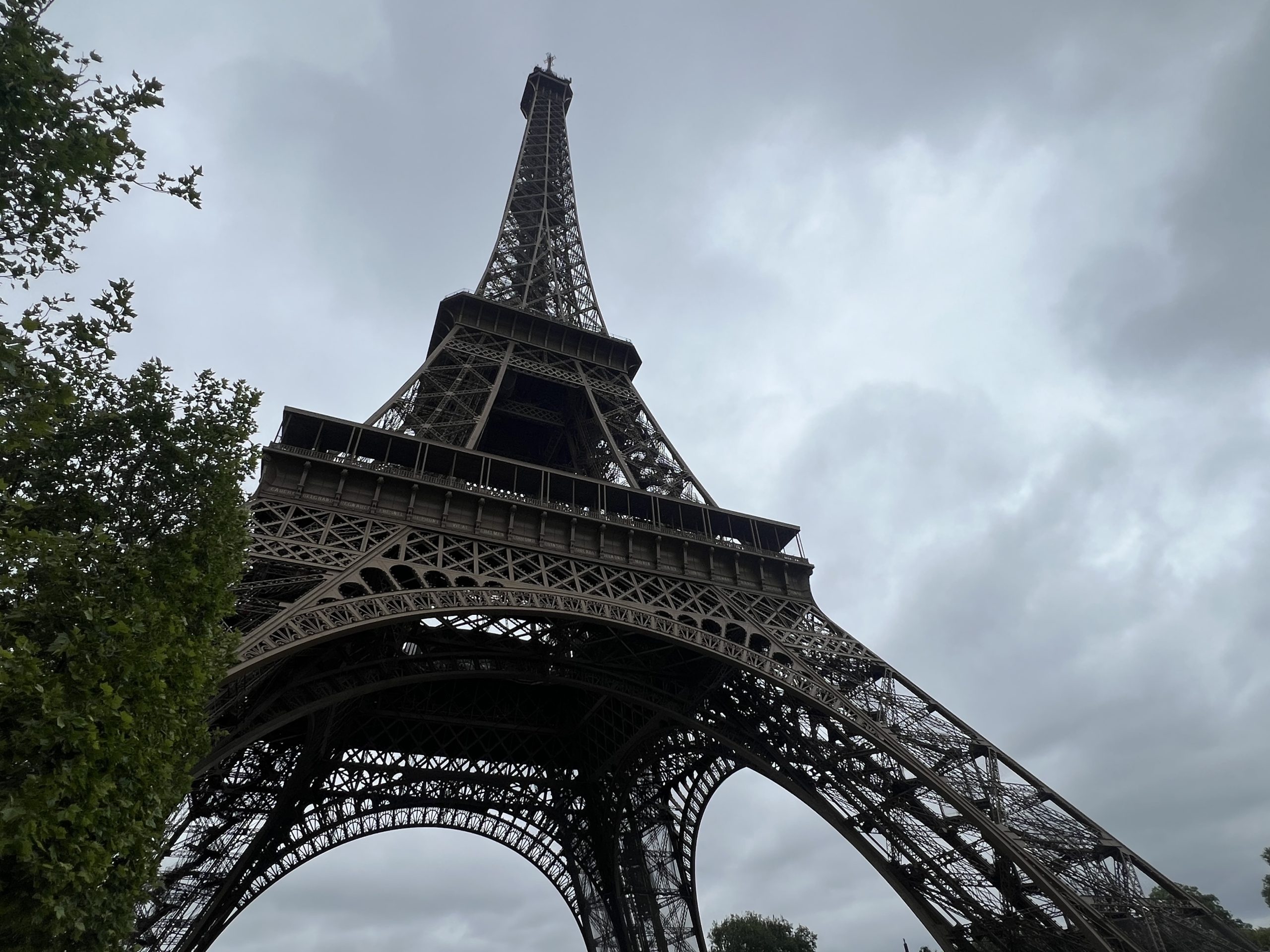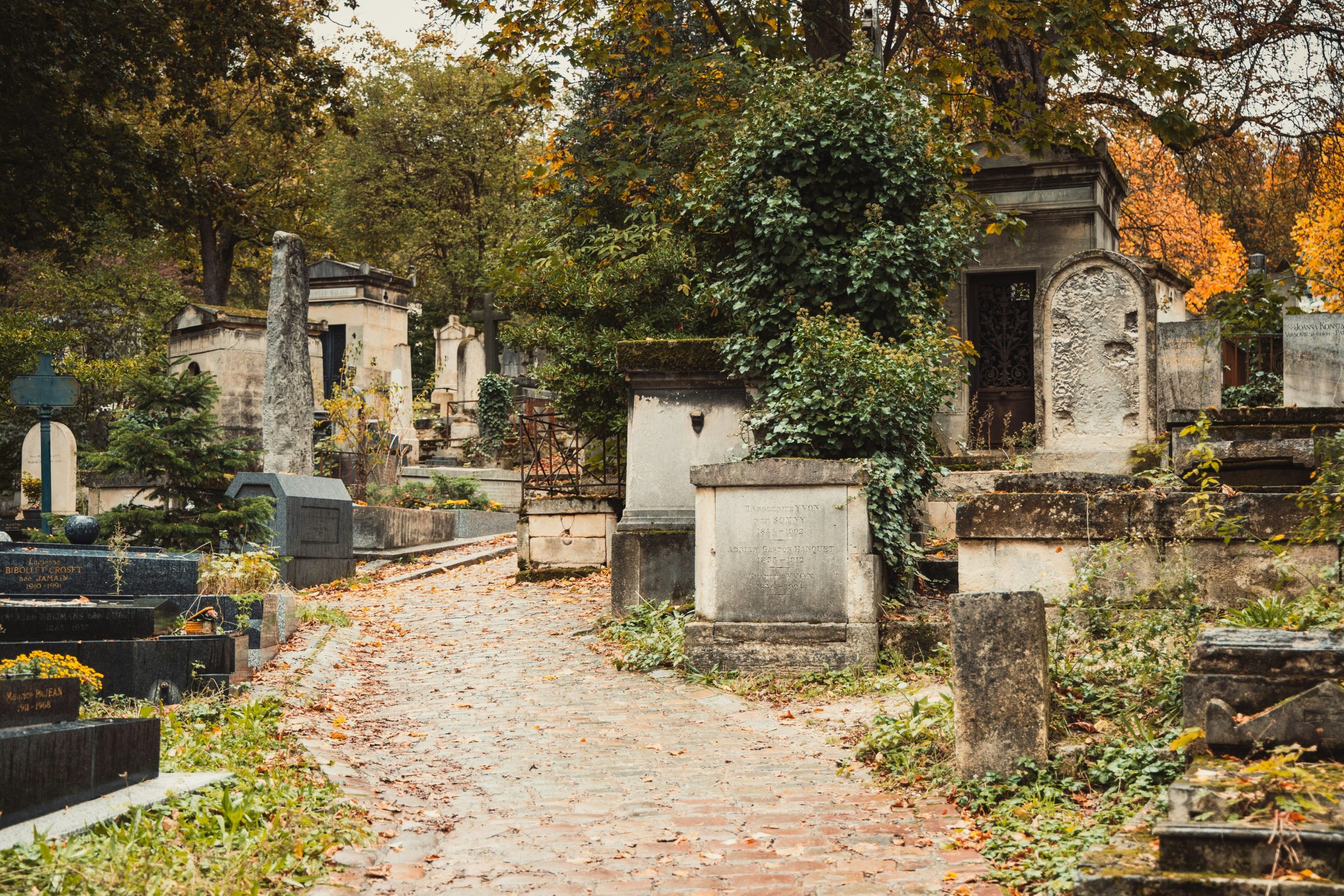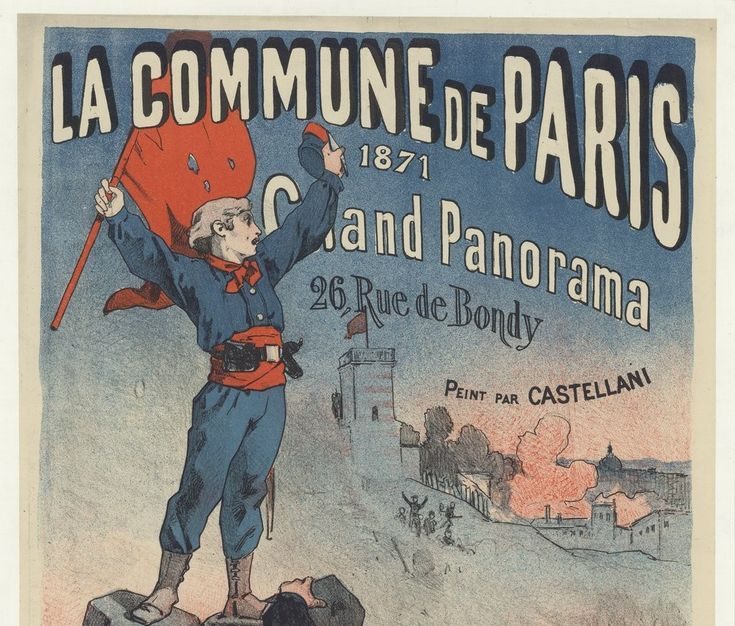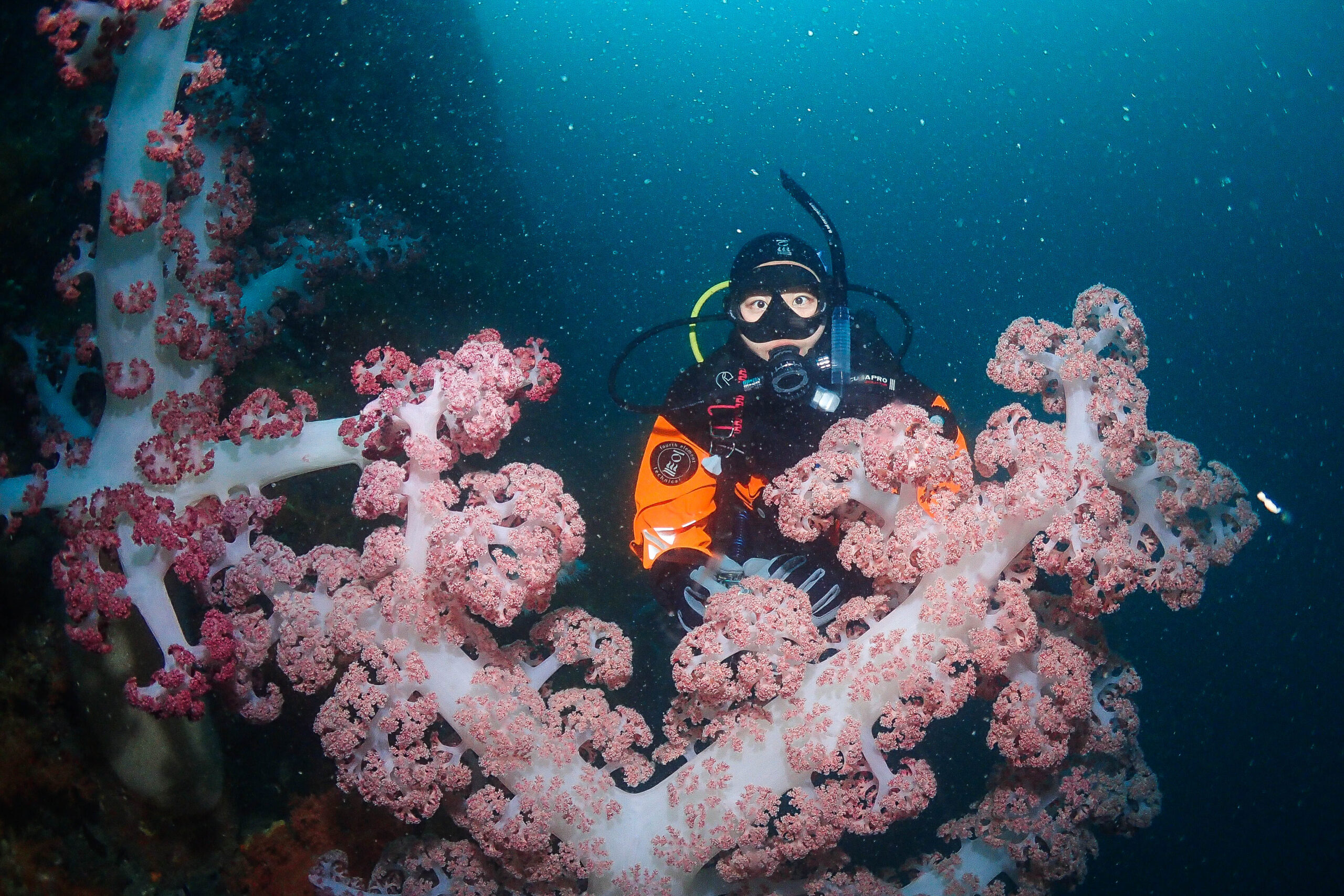Summer in Iceland is like a secret that the world keeps from everyone else. It is a season where the sun never sets and the scenery changes like the pages of a storybook.
I set out with a very simple plan: to explore the Snæfellsnes Peninsula, see where the road would take me, and follow every bit of magic Iceland had to offer.
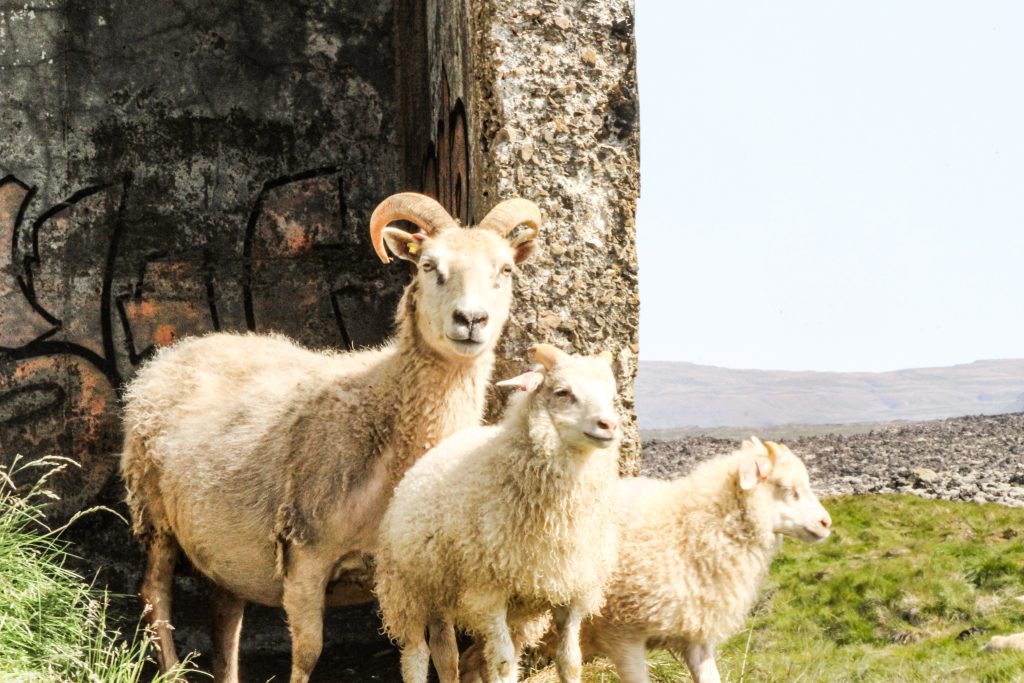
After a half-hour drive from Reykjavík, I began to see the true natives of these lands. Icelandic horses and sheep roam freely in nature. Unlike many countries, Iceland allows its animals to roam freely during the summer months. This is part of a beautiful tradition.
Every autumn, farmers participate in a centuries-old event called réttir where they ride horses into the countryside to gather their sheep and horses back from the wild. This free-roaming lifestyle ensures that the animals are resilient, healthy, and develop a deep connection with the land.

Icelandic horses are very special. They are stocky, powerful, thick-maned Icelandic horses. They are famous for their unique walking style called tölt and for being the friendliest animals you can meet.
The reason they are so strong is that the first Viking communities to arrive in Iceland brought only their strongest horses with them. For this reason, Icelanders do not vaccinate their horses so that the breed can continue in the same way. And for some reason a horse leaves the country, they do not allow it to return.
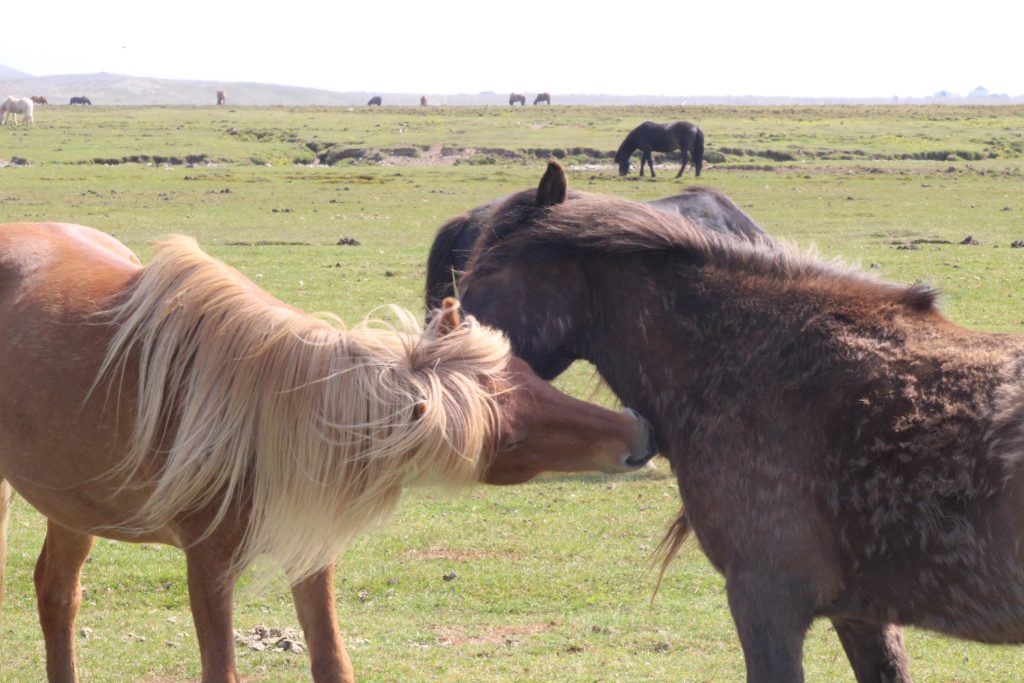
Búðakirkja – A Black Church Standing in Silence
My first stop was Búðakirkja, the black church in Búðir. I had seen photos of it before, but nothing can prepare you for the silence that surrounds it.
Standing on a lava field, with the ocean behind it and mountains beyond, this small wooden church is like a gateway between worlds. Built in 1703 and rebuilt in the 1980s using its original design, the church is still used today for ceremonies and weddings.
It doesn’t need grand architecture or golden altars to impress. It whispers instead of shouting, and sometimes that is more powerful.
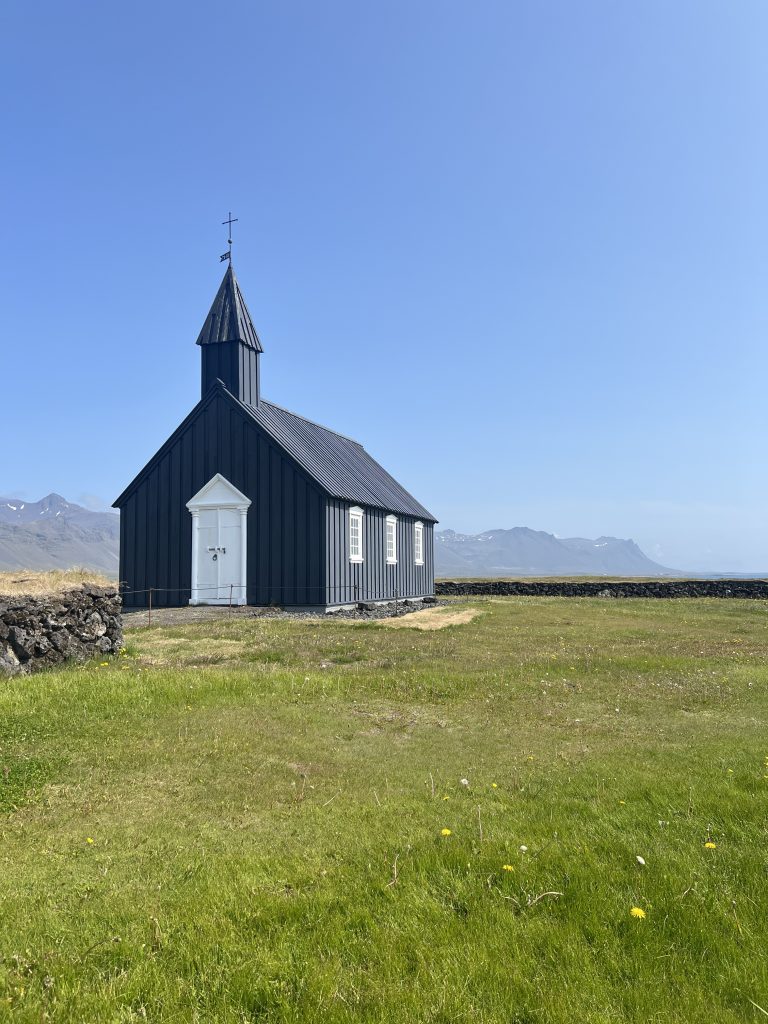
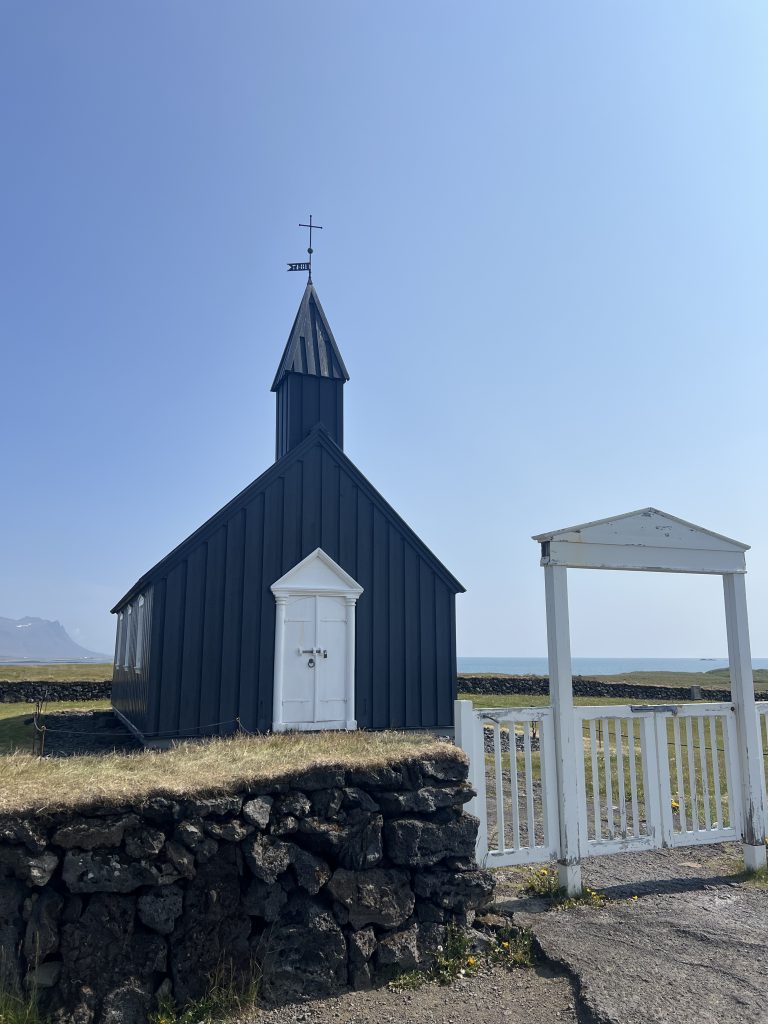
Arnarstapi – The Village Where Folklore Meets the Sea
The road led me to Arnarstapi, a small harbor town with striking basalt cliffs where the land meets the sea and crashing waves. I parked my car and strolled along the coastal path, letting the Atlantic breeze awaken me.
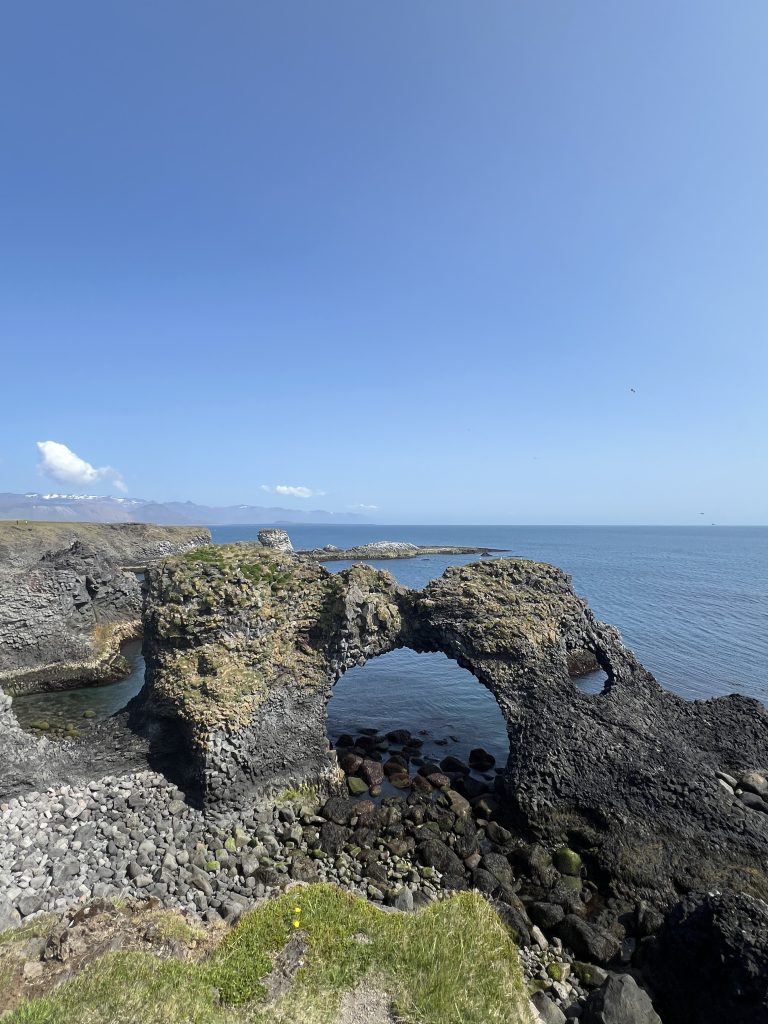
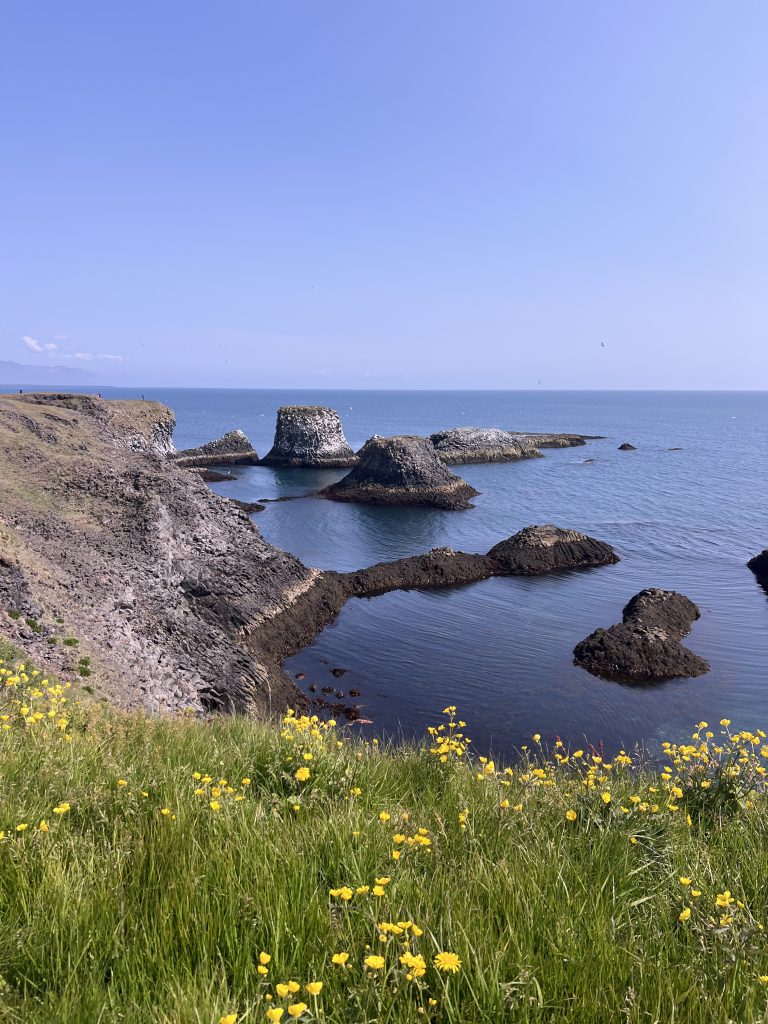
The Gatklettur stone arch is located here. Carved by the wind and sea, it is nature’s own sculpture.
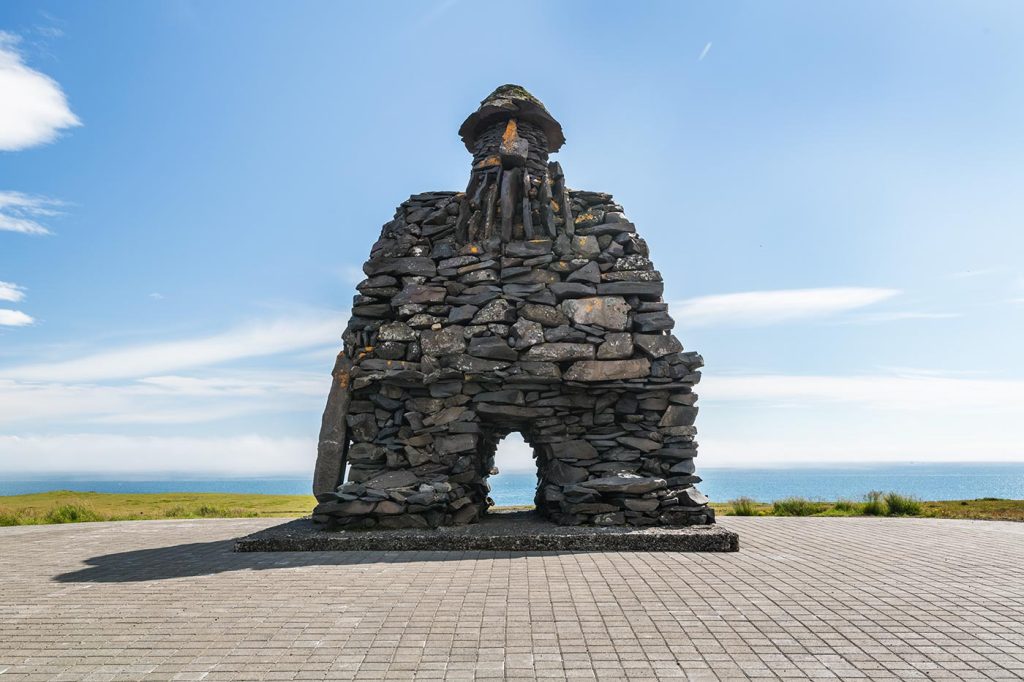
Nearby stands a massive stone statue of Bárður Snæfellsás, a legendary figure said to protect the peninsula. Half human half troll this figure is as much a part of the landscape as the rocks themselves.
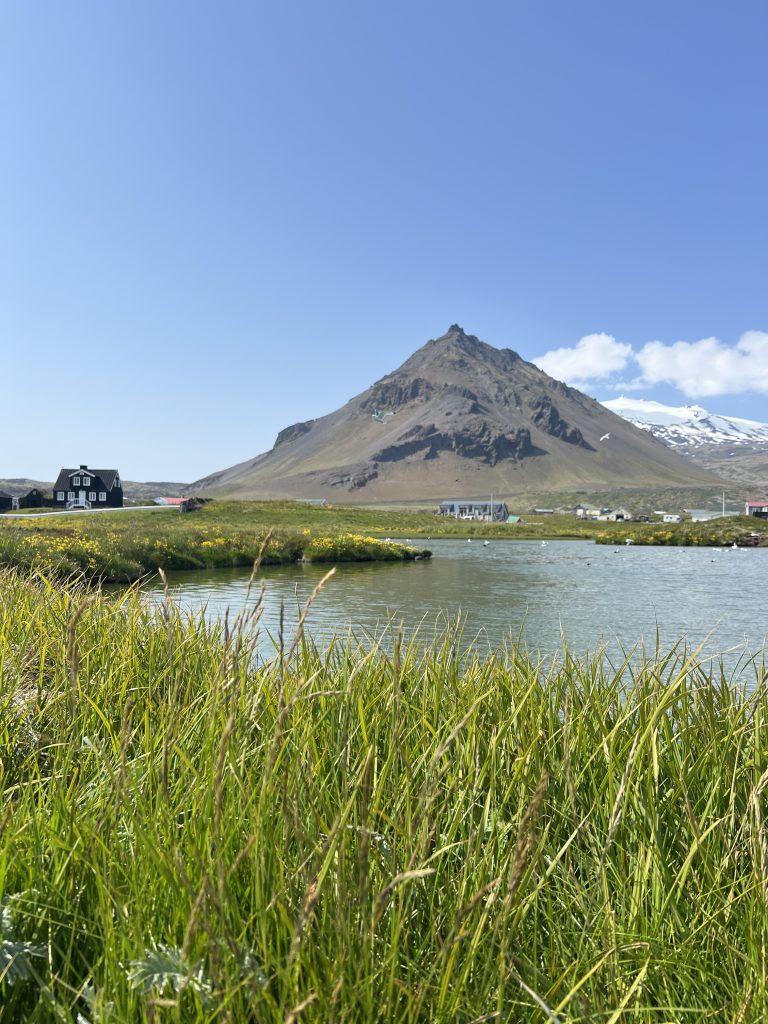
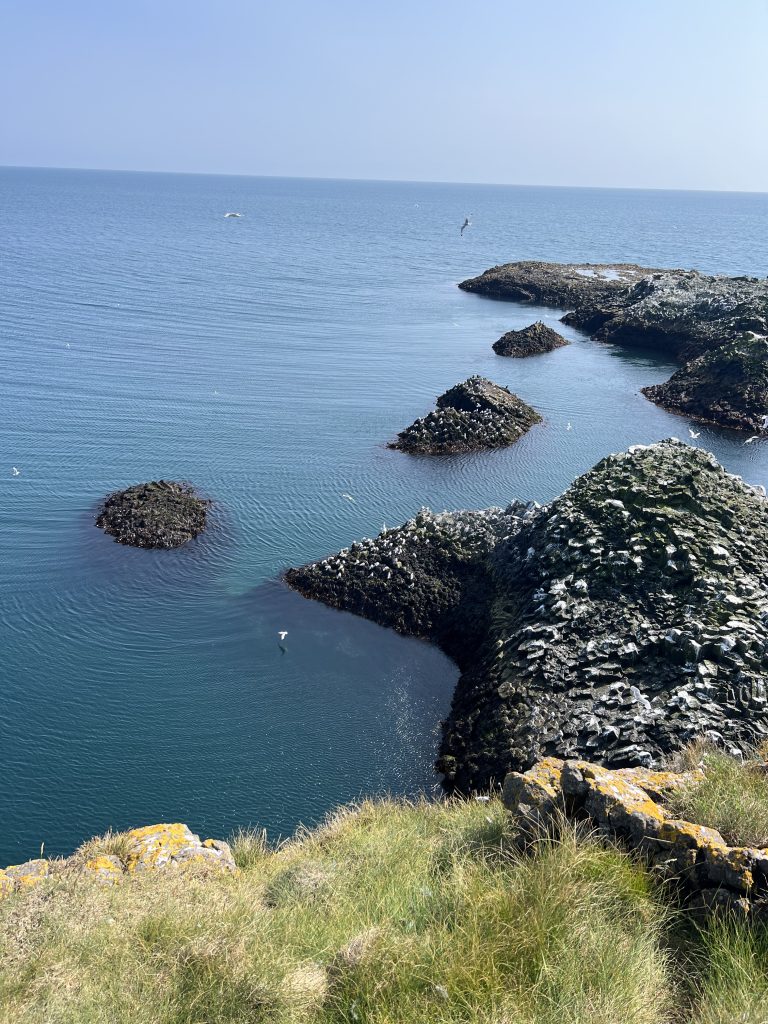
Malarrif and the Secret Black Beach
As I made my way toward the western tip of the peninsula, I passed Malarrif Lighthouse and found a beach that felt completely my own. It wasn’t crowded. There were no tour buses. Just black volcanic pebbles, the smell of iodine in the air, and the endless rhythm of the ocean.
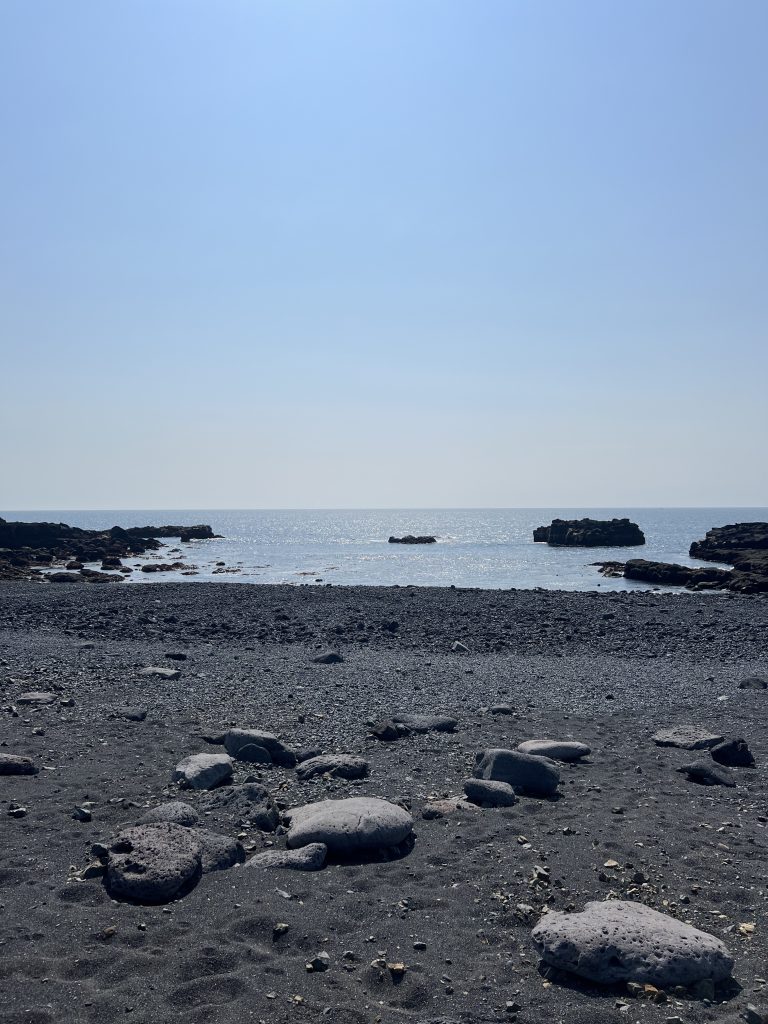
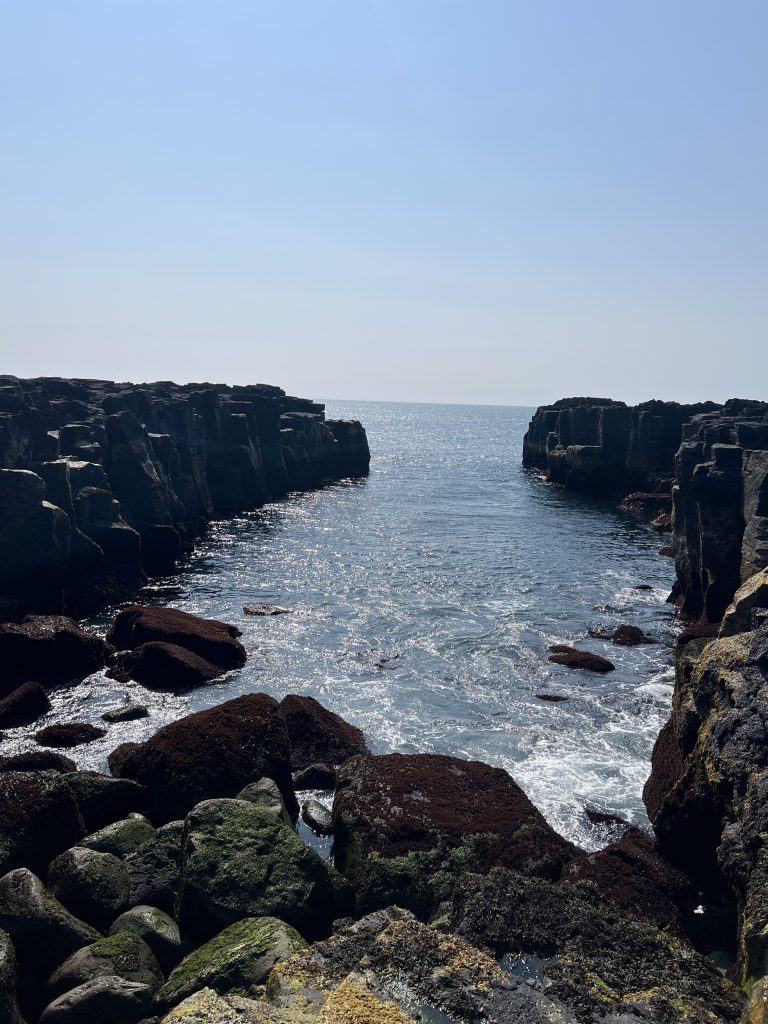
I later learned that this area is part of Snæfellsjökull National Park, named after the ice-covered volcano made famous by Jules Verne’s novel Journey to the Center of the Earth. Even under the clear blue sky, the volcano looked mysterious. It was majestic and a little intimidating from a distance.
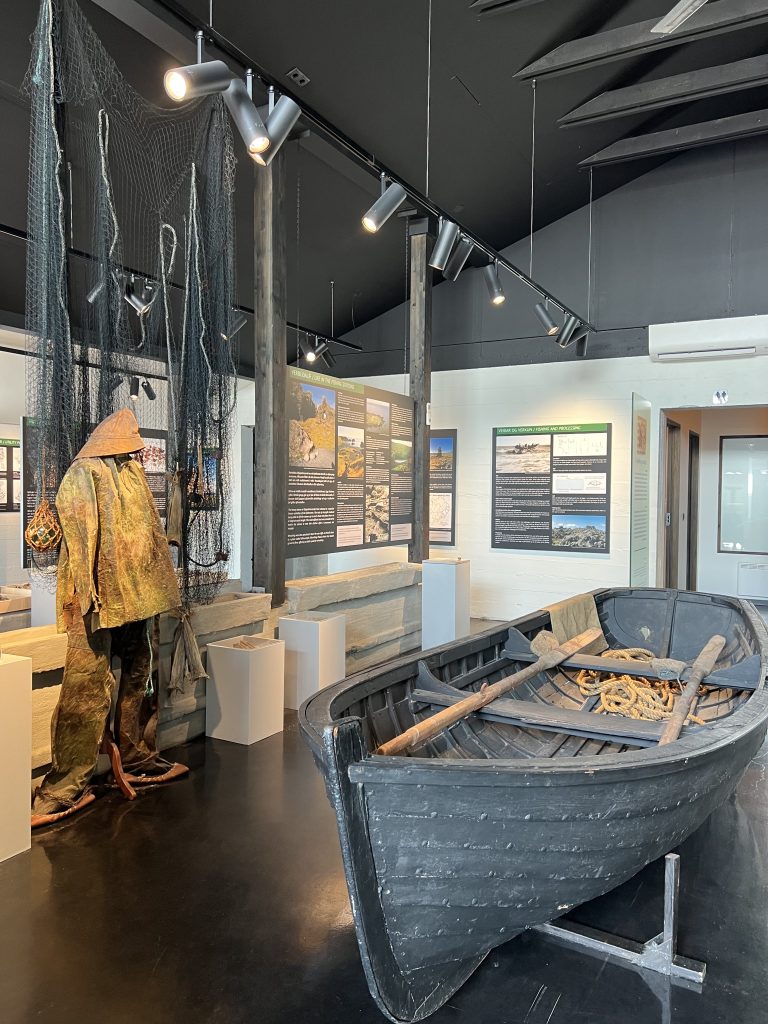
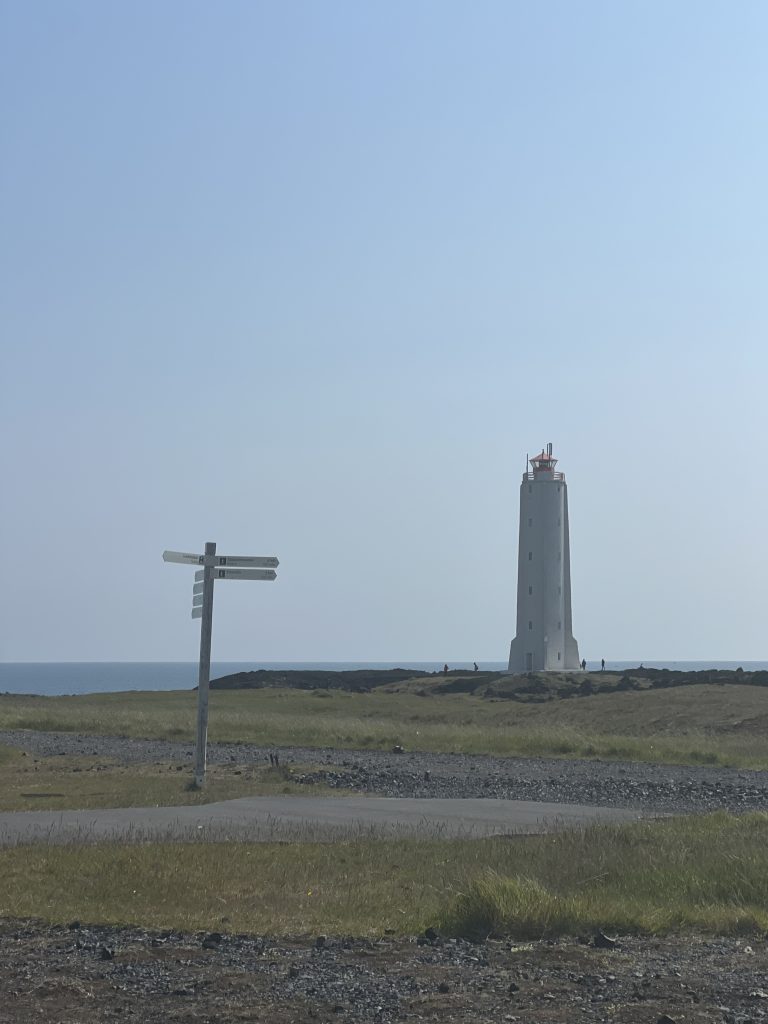
Skarðsvík: The White Beach I Never Expected
Most beaches in Iceland are black. That’s why Skarðsvík surprised me so much. One moment I was walking through lava fields, and the next I was looking at white sand and turquoise waves.
This beach is one of the rare white beaches. Made up of old seashells, the sand glitters like gold in the sun. There are no crowds, no fences, just the quietest part of nature. I dipped my feet into the icy water and enjoyed the moment.
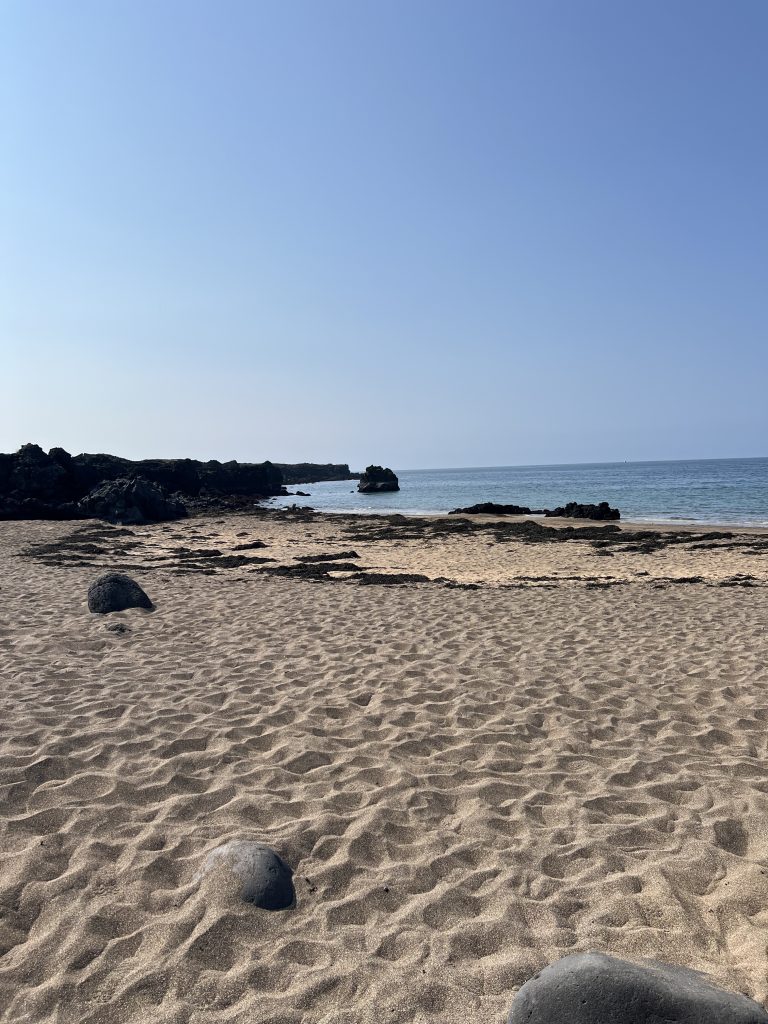
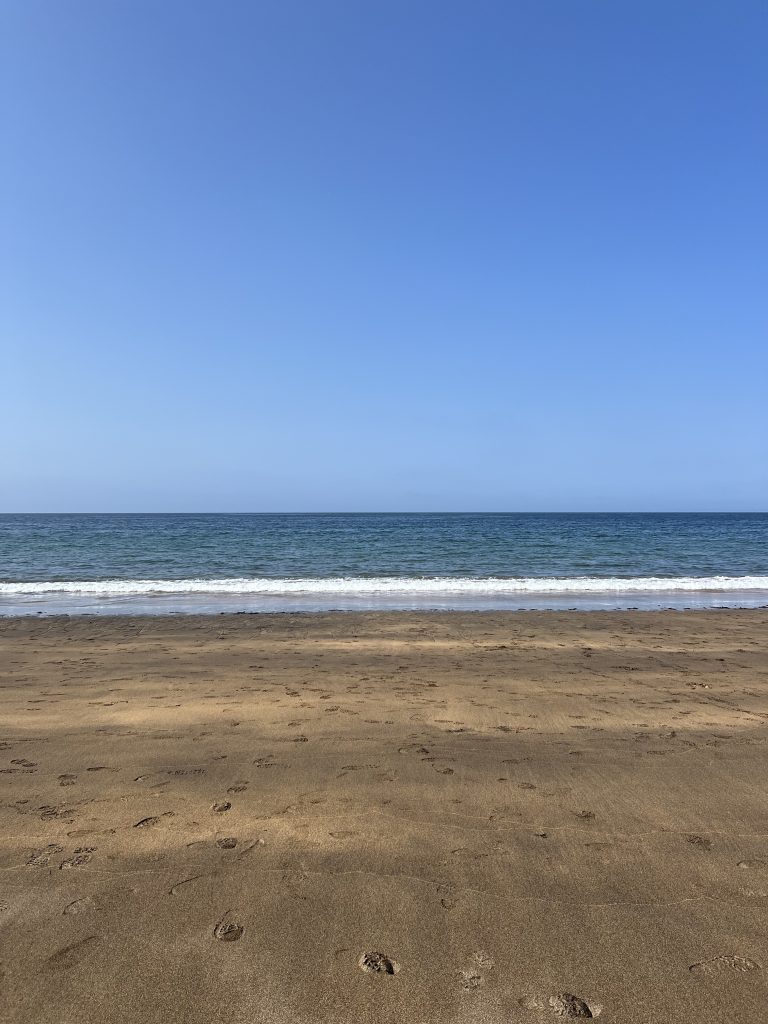
Hellissandur Fishing Village
A few minutes after searching for a market, I arrived at the colorful village of Hellissandur, home to about 400 people. Once a modest fishing village, this place is now known as Iceland’s street art capital.
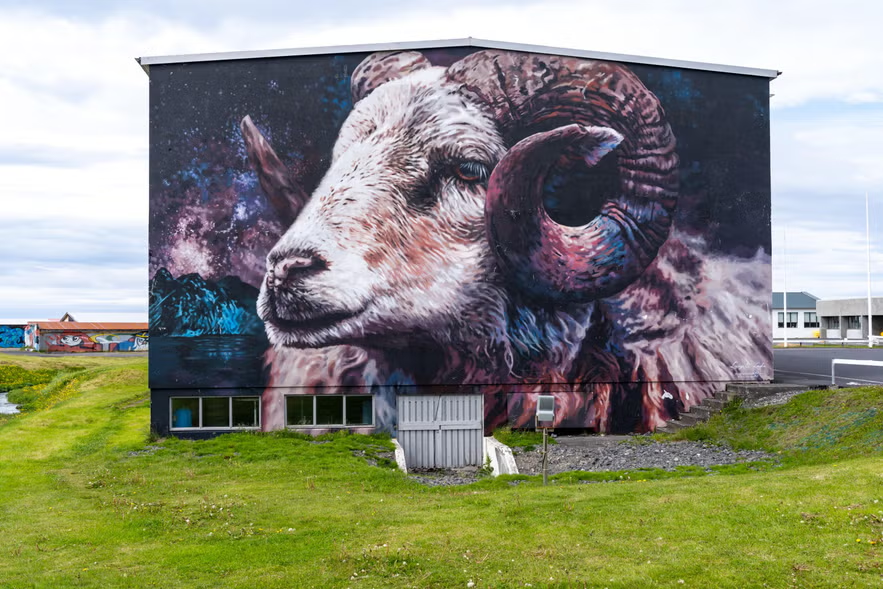
Huge wall paintings cover houses and old buildings. Whales, ravens, goddesses, and bold symbols transform every corner into a gallery. Against the backdrop of black lava and gray skies, these colors seem to represent both rebellion and celebration.
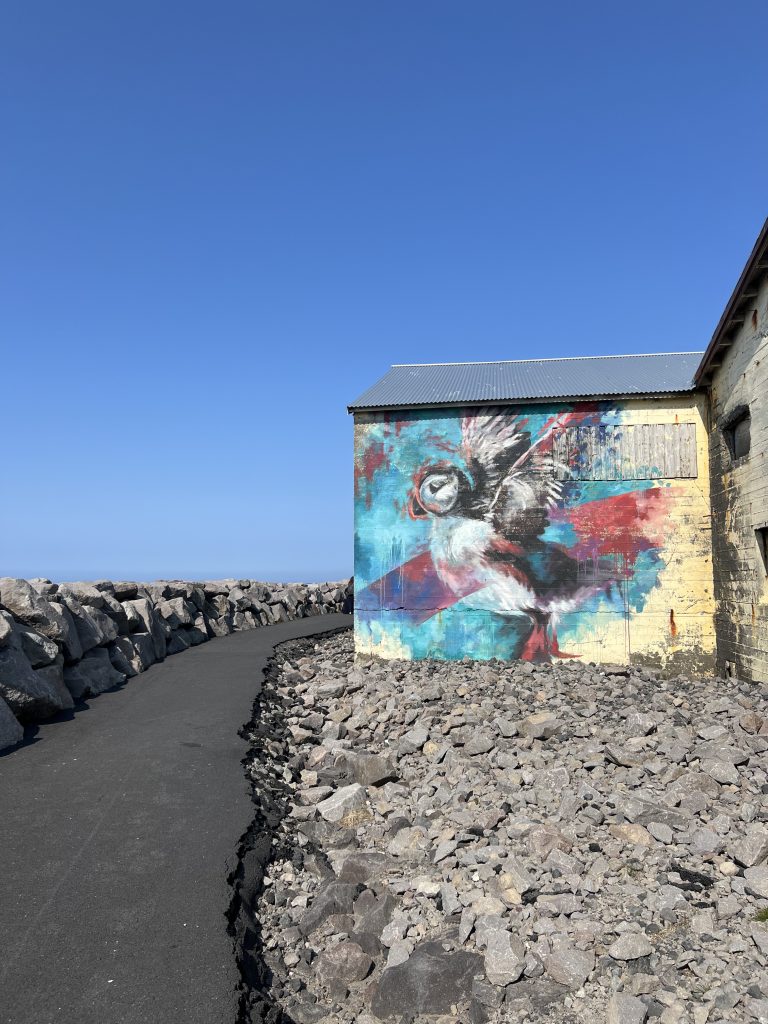
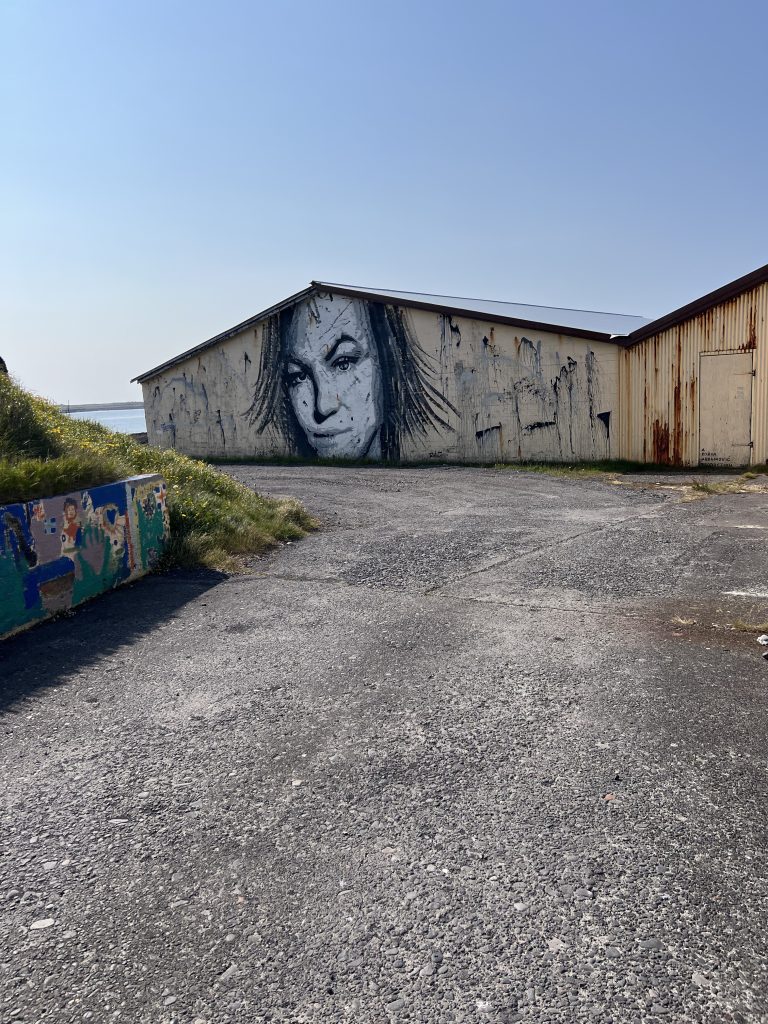
As I walked along the coast, I saw a child aged 10-12 sitting on the rocks, lost in thought. What was he thinking about? Perhaps he was thinking about his peers dying of hunger in Palestine, in Gaza…
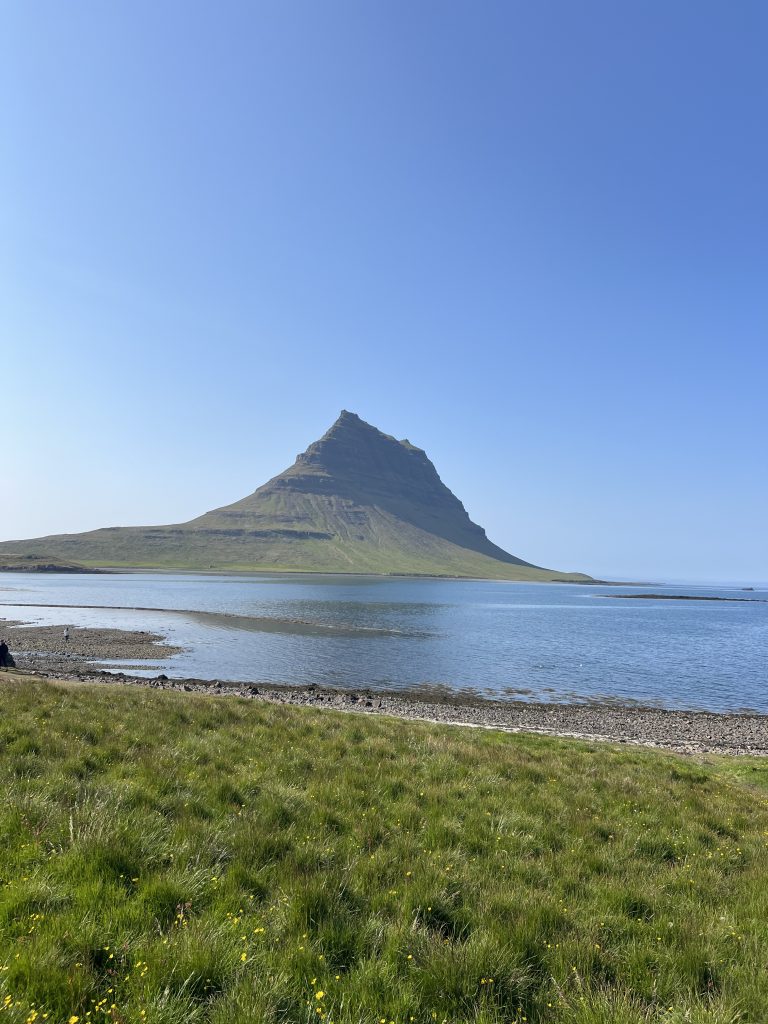
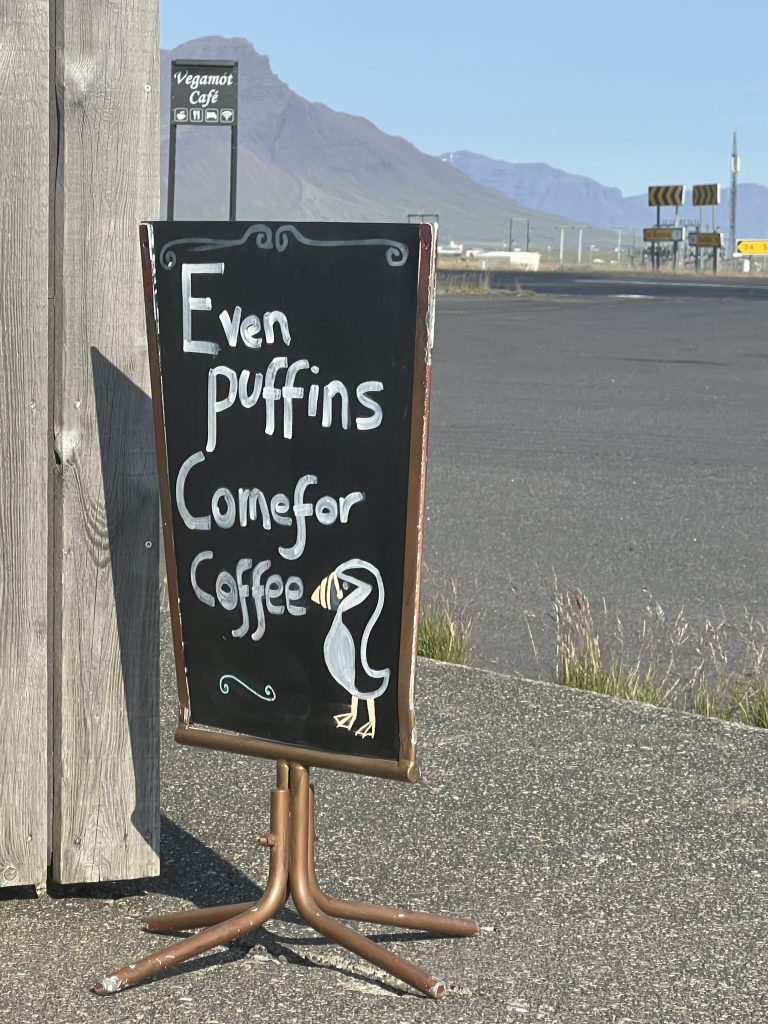
When I turned onto the road back, I was greeted by a sight I hadn’t expected to see today. Kirkjufell! You’ve probably seen this photo before. It’s Iceland’s most photographed mountain, and for good reason. The mountain looks perfect from every angle. It’s as if it were specially designed.
With my camera full and my heart even fuller, I stopped at the last gas station for a cup of coffee. I opened my music playlist and set off toward Reykjavík. The entire 400-kilometer journey felt like a peaceful adventure. No rush, no to-do list—just the freedom to roam and explore.
Stay safe and healthy.
